
Robert Rosenbaum – 2-Day: Chronic Pain Certificate Course: Behavioral Treatment & Assessment
Another client enters your office angry about the chronic pain they struggle with daily. They start sharing their story and the mask of frustration peels away to reveal the hopelessness and despair from living in a constant state of misery. Most clinicians are not trained in chronic pain, yet this scenario is becoming all too familiar, as at least 1/3 of our clients suffer from chronic pain. More and more clients are moving away from medication, seeking out holistic solutions, yet we’re not quite sure of the best way to help them.
Imagine helping your clients learn that while pain might be unavoidable, misery is optional. Strengthen the therapeutic relationship by validating the reality of clients’ pain while introducing ways to help them immediately experience a lessening of their distress. Explore acupressure and meditation to help clients discover how mind and body are connected.
In this recording, neuropsychologist, Dr. Robert Rosenbaum, will teach you the facts about pains’ biology and effective treatment strategies, so you can confidently educate and treat your clients. With experiential exercises such as guided imagery, acupressure, meditation, and gentle movement, combined with cognitive-behavioral methods, you’ll leave with the right skills and tools at your fingertips to treat chronic pain.
- Explore strategies on how to prevent pain before it begins for purposes of client psychoeducation.
- Explain the importance of early intervention in the pain cycle and its clinical implications.
- Identify the most common pain complaints as related to clinical treatment.
- Describe how age, gender, ethnicity, and culture influence the experience of pain as it relates to case conceptualization.
- Distinguish how different types of pain require different treatment approaches.
- Correlate how the brain, the mind, and the heart all affect pain for purposes of client psychoeducation.
- Examine and counter maladaptive myths about pain to improve client level of functioning.
- Assess pain through specialized questionnaires and interview methods to inform the clinician’s choice of treatment interventions.
- Demonstrate four meditation methods useful for dealing with pain in session.
- Discover six acupressure points helpful for pain prevention and management in clients.
- Implement clinical methods to help clients concretize their pain and use guided imagery to alleviate pain.
- Identify existential, spiritual, and self-identity issues which interact with biological and psychological components of pain as it relates to treatment outcomes.
Impact of Chronic Pain on Mental Health
Primary Prevention
- The best treatment is prevention
- Early detection and early intervention
Pain Prevalence and Impact
- Incidence and prevalence: most common types
- Societal costs
- Impact on client mental health and quality of life
Sociodemographic factors
The Biology of Pain
- What is pain?
- Physical, emotional, psychological, and environmental factors
- Pain intensity vs pain distress
- Types of Pain
- Nociceptive and neuropathic
- Effect of location
- Etiology, temporal course, sensation
- Inflammation, cancer, Ischemic
- Acute vs chronic pain
- Pain transmission and modulation
- Neurochemicals of pain
- Pain, Brain, Strain
- Central sensitization
- The role of attention
- Pain: Beyond Basic Biology
- Biopsychosocial model
- Vicious circles of maladaptive coping strategies
- Psychological and emotional aspects of pain
- Pain’s effect on the sense of self
- Countering pain myths
Assessment, Interventions, and Management
Pain Treatment Options
- Medications and medical procedures
- Introduction to analgesics
- Opioids – Myths and Facts
The opioid epidemic
- Opioid efficacy, risks
- Tolerance vs. addiction
- Risk of addiction and abuse
Assessment
- Basic guidelines
- The interview
- Psychometric instruments
- Pain vs. distress
Behavioral Treatment
- Technique vs. relationship
- Mindfulness and other meditations
- The hype and the reality
- Focuses and open awareness
- Breathing techniques: four methods
- Comfort strategies: You Are Bigger than the Pain
- Awareness
- Importance of early detection
- Concretizing with imagery and names
- Re-Focus
- Widening and narrowing attention
- Going distal; going to the center
- Imagery and self-hypnosis
- Re-thinking
- CBT for catastrophizing
- Separate pain from distress
- Deal with flares
- Additional behavioral treatment tools
- Pacing
- Gentle movement
- The importance of face, hands, feet
- Acupressure self-massage
- Qigong for pain
- Sleep and rest
- Enjoy
- Cultivating positives
- Antidotes for difficult emotions
- Increasing emotional granularity
- Relate
- Foster positive relationships
- Deal with difficult relationships
Differential treatment considerations
Outcomes of integrative interventions
Research limitations and risks of psychotherapeutic approaches
What is health?
The word health refers to a state of complete emotional and physical well-being. Healthcare exists to help people maintain this optimal state of health.
According to the Centers for Disease Control and Prevention (CDC), healthcare costs in the United States were $3.5 trillionTrusted Source in 2017.
However, despite this expenditure, people in the U.S. have a lower life expectancy than people in other developed countries. This is due to a variety of factors, including access to healthcare and lifestyle choices.
Good health is central to handling stress and living a longer, more active life. In this article, we explain the meaning of good health, the types of health a person needs to consider, and how to preserve good health.
In 1948, the World Health Organization (WHO)Trusted Source defined health with a phrase that modern authorities still apply.
“Health is a state of complete physical, mental, and social well-being and not merely the absence of disease or infirmity.”
In 1986, the WHOTrusted Source made further clarifications:
“A resource for everyday life, not the objective of living. Health is a positive concept emphasizing social and personal resources, as well as physical capacities.”
This means that health is a resource to support an individual’s function in wider society, rather than an end in itself. A healthful lifestyle provides the means to lead a full life with meaning and purpose.
In 2009, researchers publishing inThe LancetTrusted Source defined health as the ability of a body to adapt to new threats and infirmities.
They base this definition on the idea that the past few decades have seen modern science take significant strides in the awareness of diseases by understanding how they work, discovering new ways to slow or stop them, and acknowledging that an absence of pathology may not be possible.
Robert Rosenbaum – 2-Day: Chronic Pain Certificate Course: Behavioral Treatment & Assessment
Readmore About : Robert Rosenbaum





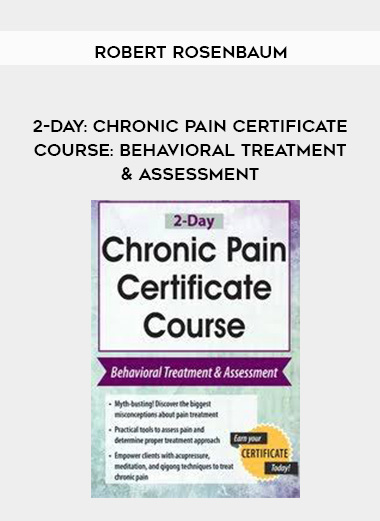
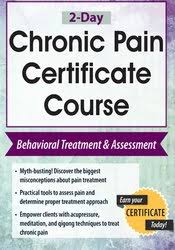
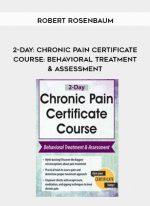
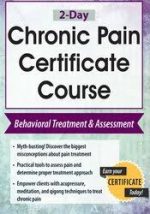
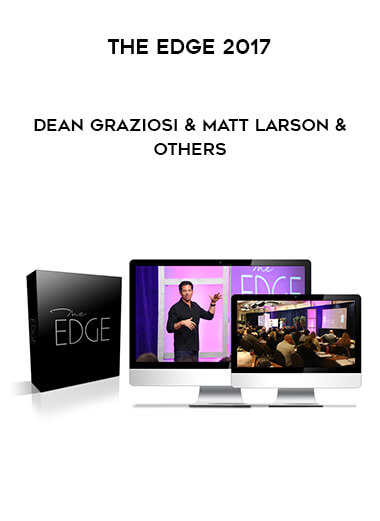
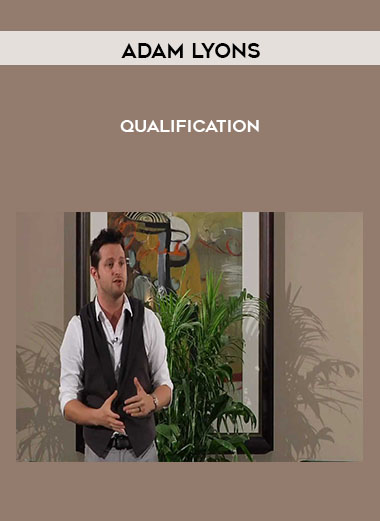



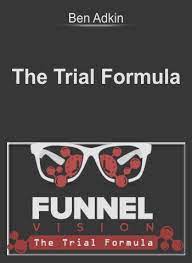




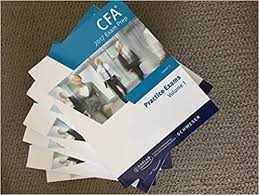
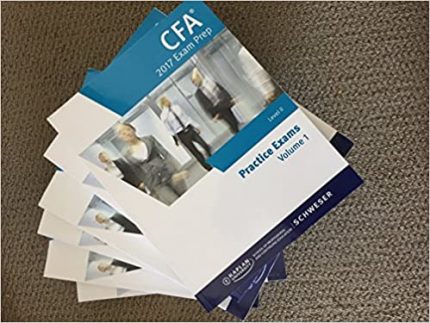




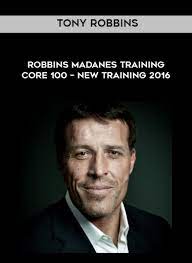










Reviews
There are no reviews yet.